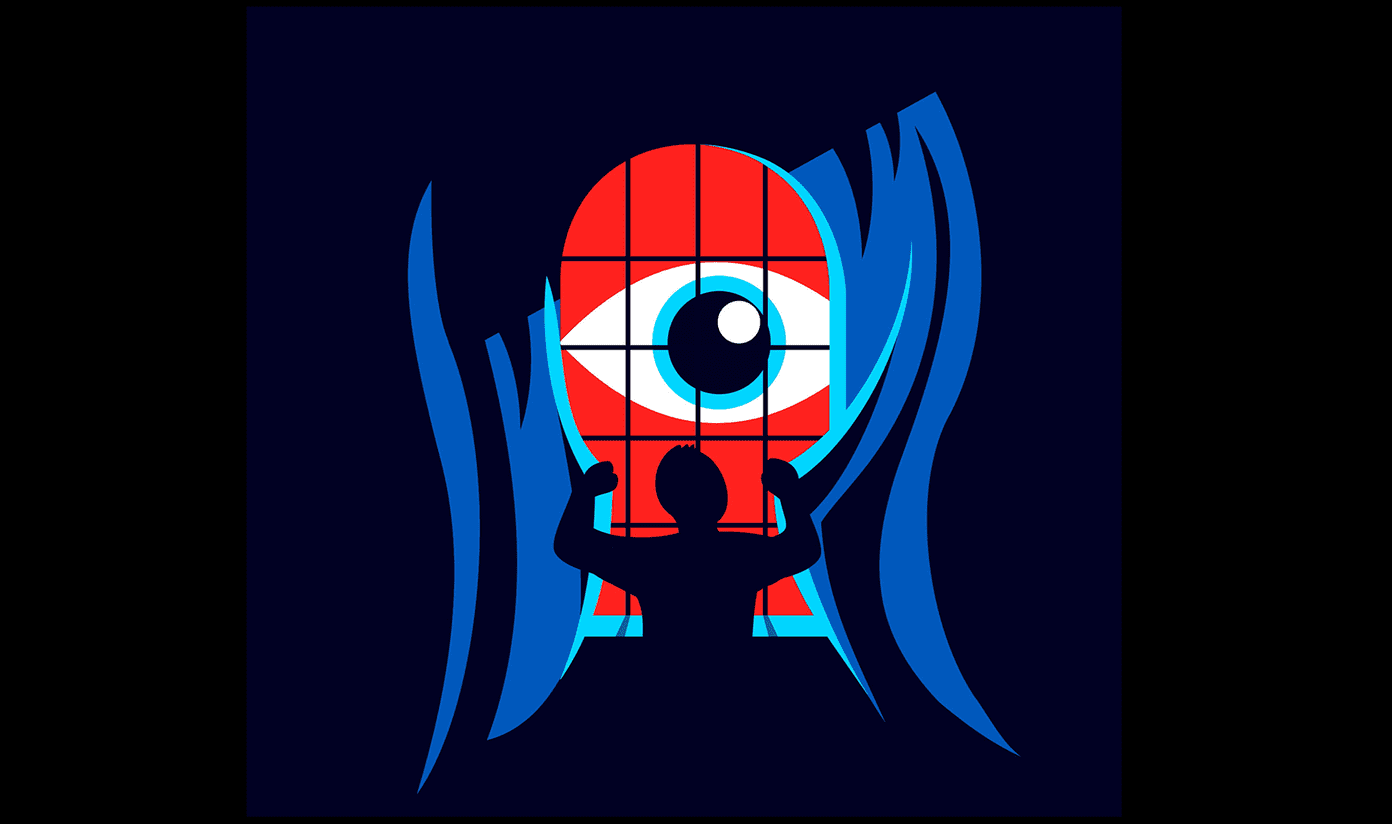Unlike the traditional tools, the new-age project management tools bring in the cloud-storage component. That means, you’ll have to create an account, give a relevant name to the team, invite members, choose a template, kick off the project and then keep using other features as per your team’s requirements. Let’s explore our options.
1. ClickUp
The ClickUp app tries to replicate how a traditional company operates, but with a modern set of tools and solutions. You can create a workspace and add different sections such as Sales, Marketing, Accounting, Manufacturing, and other departments to it. Templates play a major role in any project management tool. After all, you won’t want to create a project from scratch. Templates speed up the process and allow you to create a setup on the go. ClickUp doesn’t disappoint here. The software offers a total of 124 templates to choose from. ClickUp plays perfectly fine with other third-party apps as well. You can import data from software such as Basecamp, monday.com, Wrike, Todoist, and of course, Trello and Asana. ClickUp’s best feature is a Dashboard integration. Using a centralized dashboard, an admin can add chats, checklists, embeds, and integrate as widgets to create your control center. ClickUp is available on Android, iOS, Windows, and Mac. The pricing starts at $5 per member per month. Visit ClickUp
2. Notion
Notion works best as a personal database tool. Over the past year, Notion has added new functions specifically aimed at project management. If you have less than five members to manage on the team, look no further and go with Notion. The free version of service remains for up to six users. The biggest strength of Notion is its simplicity. A giant whiteboard, and you only need to find a suitable project management template to get started. We would highly recommend you start with one of the project management templates in Notion. You can start with the Kanban-style template in Notion. While defining a task, you can add a tag, team member, attach a photo, add a comment, and more. Share the Notion page with team members and start managing projects. Notion is available on Windows, Mac, Web, Android, and iPhone. You can share your Notion boards with up to five guests. After that, you will have to shell out $5 per member per month. Visit Notion
3. Hive
Hive provides one of the best and easy to use web-based project management solutions. Upon signing up, Hive asks about company details, the number of employees, project name, offers you to invite members, and set up the project on the home screen. Hive is designed in a way to deliver an all-in-one solution. Hive allows the group chat right beside the home dashboard. One can also attach files from Google Drive, Dropbox, OneDrive to chat. It makes the whole process seamless. You won’t have to leave the software for other tasks. After adding the tasks, you can tap on it and add additional details such as description, timer, tag a team member, and attach files. You can change the layout from Kanban-style to Gantt, Calendar, label view, and team view with a single tap. Hive also supports automated workflows to streamline the process. The pricing starts at $12 per member per month. Visit Hive
4. Airtable
Airtable is an interesting sandwich between Notion and Excel. It primarily works best as a digital brain. Using project management templates and AirTable sharing capabilities, one can easily manage projects with small teams. In the example below, we will use Airtable’s built-in Project Tracker template. Everything in an Airtable base is customizable, including description. You can add, edit, or remove any tables, fields, records, or views to fit your needs. The Completed projects grid view is filtered to show projects that are checked in the Complete field. The Project calendar shows a timeline of all projects. You can move from a monthly or weekly view. Users can also create custom automation, send a weekly digest, switch between Kanban or Gantt view, and more. The pricing starts at $10 per member per month. Visit Airtable
5. Wrike
Wrike has nailed the user interface with a clean layout. Unlike AirTable and ClickUp, you won’t get bombarded with tons of options and features. The template gallery is slim compared to rivals, but it should get the majority’s job out there. Wrike Space is an excellent add-on. It centralizes your Personal board as well as other templates. You can add details such as due date, assign member, attach files, and comments in each task.. Wrike allows you to play with multiple board views. You can choose from the standard Kanban view, Timeline view, etc. Overall, we found Wrike to be more in line with Jira to handle complex projects. Go ahead with the software only if you plan to utilize it at its full potential. Visit Wrike
Manage Projects In Style
Managing remote teams can be tough but project management tools can take care of processes and projects. For small teams, we would recommend Notion, AirTable, and Hive. As your team grows, you can switch to ClickUp and Wrike. Of course, each tool will have some learning curve involved, so it’s difficult to recommend trying out all of them. Next up: Getting confused between Notion and Trello? Read the post below to learn about all the differences between the two. The above article may contain affiliate links which help support Guiding Tech. However, it does not affect our editorial integrity. The content remains unbiased and authentic.














